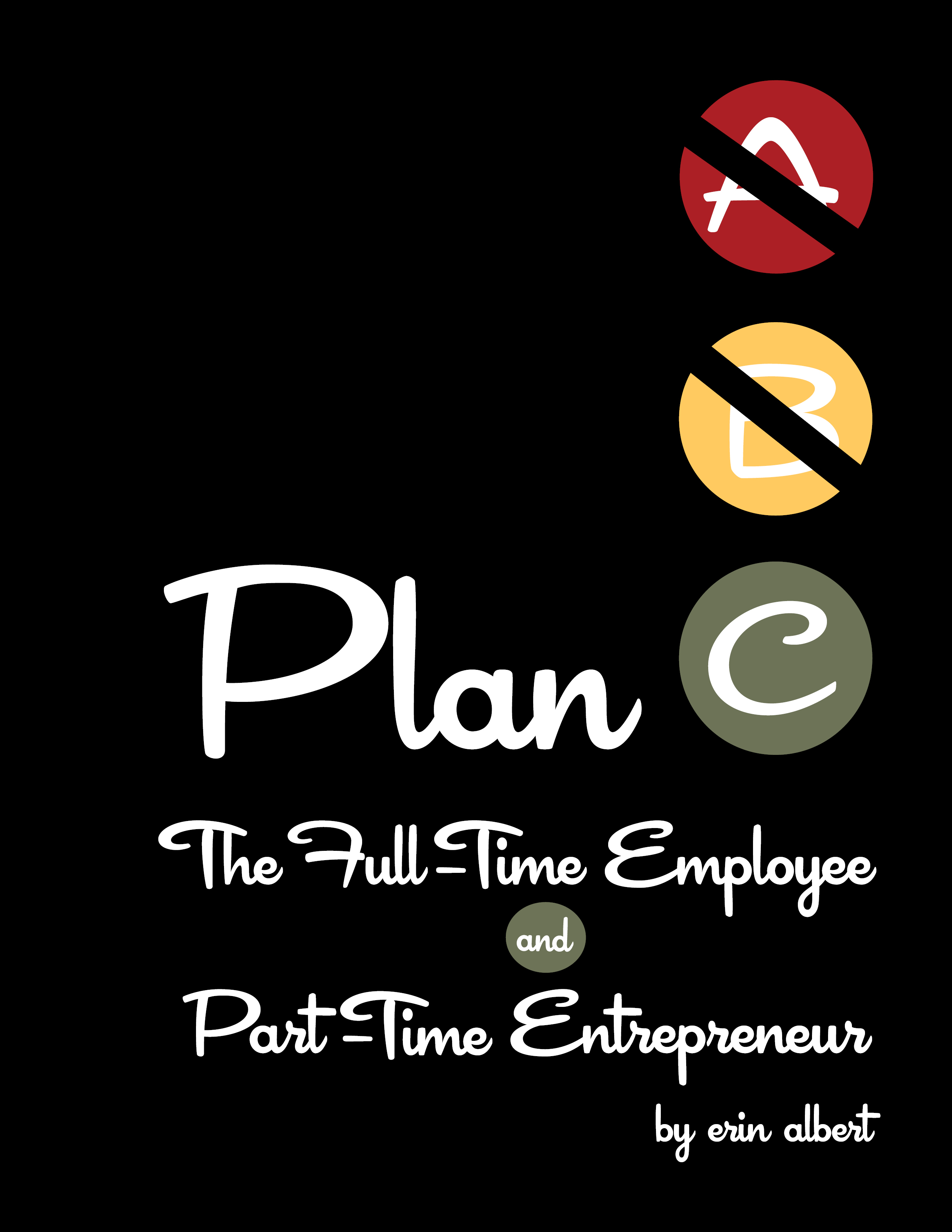Franchising continues to be a popular pathway to entrepreneurship, particularly for many unemployed professionals who are looking to join the ranks of accidental entrepreneurs created by the great recession.
Rieva Lesonsky looks at home-based franchises as a low cost way to bootstrap your way into business ownership in an article on Business on Main.
Approach a franchise just as you would any new business. Develop a sound business model, and if financing will be required, a business plan. Make sure that you temper any projections to the current economic conditions. Also, look for franchise opportunities that create value for the customer.
Franchising is tightly regulated and there can be some sticky contracting issues with buying any franchise. Make sure to work with an attorney who has experience with franchising.
But, beyond the contractual issues that arise in franchising, there are some fundamental business and personal concerns that many franchisees experience after it is too late.
One of the biggest sources of frustration among franchisees is that they perceive that the value added from association with their franchisor diminishes over time. A franchise will charge a significant monthly percentage fee (this can average about 7% of sales) associated with all that they offer, including systems, marketing support, purchasing power, and so forth. Over time, many franchisors realize that they can be just, if not more effective on their own without paying the monthly percentage of sales to the franchisor.
This on-going monthly fee is often glossed over by franchisees during start-up planning, as they tend to think only about the initial fees and capital expenditures in their planning. So while a home-based franchise can reduce the start-up cost, the on-going monthly fee to the franchisor will still be something to consider when thinking about investing in a franchise.
Another concern expressed by franchisees is that with all of the rules and standardized procedures, they tend to feel more like an employee than a business owner. Those who try to break away from the predetermined model and processes can face the wrath of the franchisor. Larger franchisors have entire staff dedicated to franchisee compliance.
So as you consider franchising, even a home-based option, approach it as if you are starting a business from scratch and make sure you understand the costs and constraints that come with owning a franchise.

